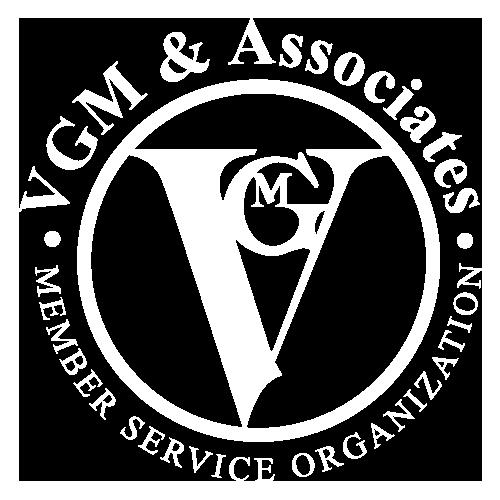Reducing the Cost Curve: Understanding HMEs Impact on Hospital Expenses





Hospital expenses in the United States have continued to rise steadily over the past two decades, driven by a complex interplay of economic, operational, and policy-related factors. These rising costs place increasing financial pressure on hospitals, which is ultimately passed on to patients, insurers, and the broader healthcare system.
In 1999, non-profit hospital adjusted expenses per inpatient day were reported at $1,139, encompassing both operating and non-operating costs. Since then, expenses have grown at an average annual rate of approximately 4.5%, reaching $3,288 per inpatient day by 2023. This represents a total increase of $2,149 per day over the 24-year period, with year-over-year increases ranging between $51 and $141
4.5 %

$3,000
$2,500
(Dollars)
$2,000
$1,500
$1,000
$500
$3,000
$0
Several key factors contribute to the continued escalation of hospital expenses:
• Medical Technology and Treatments: The adoption of advanced medical technologies and specialized treatments has significantly increased operational costs.
• Prescription Drug Prices: Rising pharmaceutical costs continue to outpace general inflation.
• Labor Market Pressures: Labor shortages and increased demand for healthcare professionals have driven up wages. According to the 2025 American Hospital Association (AHA) Cost of Care Report, labor-related expenses now account for 56% of total hospital costs. Registered nurse salaries have grown faster than inflation.
• Reimbursement Disparities: From 2022 to 2024, inflation rose by 14.1%, while Medicare net inpatient reimbursement rates increased by only 5.1%, creating a significant financial gap.
• Tariffs on Medical Imports: A recent Becker’s Hospital Review survey found that 82% of healthcare finance and supply leaders anticipate a 15% increase in tariff-related costs within the next six months.
To manage rising expenses, hospitals increasingly rely on staffing productivity models that align staffing levels with patient volume. These models categorize roles into:
• Fixed Positions: Roles that remain constant regardless of patient volume (e.g., management, finance, HR).
• Variable Positions: Patient-facing roles that adjust to census levels (e.g., nurses, lab staff, patient care technicians).
By forecasting staffing needs for variable positions, hospitals can optimize labor costs while maintaining quality care. The overall goal of these models is for hospitals to allocate staffing resources efficiently and efficiently.
The Home Medical Equipment (HME) industry plays a critical role in reducing hospital expenses by:
• Preventing hospital readmissions through continued care at home.
• Supporting faster patient discharges, thereby improving turnover rates.
• Delivering essential equipment in a timely manner to facilitate home-based care, a more cost-effective alternative to inpatient services.
Understanding how operational decisions—such as staffing and supply chain management—impact hospital expenses is essential for HME leaders seeking to align with hospital cost-saving initiatives.
1. Hospitals continue to see rising expenses, which can contribute to an increase in cost burden placed on healthcare consumers.
2. Hospitals are looking to leverage productivity staffing models, length of stay reductions, and other cost saving initiatives to reduce overall expenses.
3. The HME industry can play a critical role in reducing hospital expenses by preventing readmissions and being a partner to hospitals in cost saving opportunities.
VGM Industry Insights provides data-driven analysis and trends within the Durable Medical Equipment, Prosthetics, Orthotics, and Supplies (DMEPOS) sector. Our focus areas include market trends, innovation, and strategic decision-making, helping stakeholders stay informed and competitive. We are committed to a forward-thinking approach, continuously monitoring industry developments to drive progress and innovation.

ALAN MORRIS SVP of Strategy

TYLER COULANDER Market Strategy Manager

